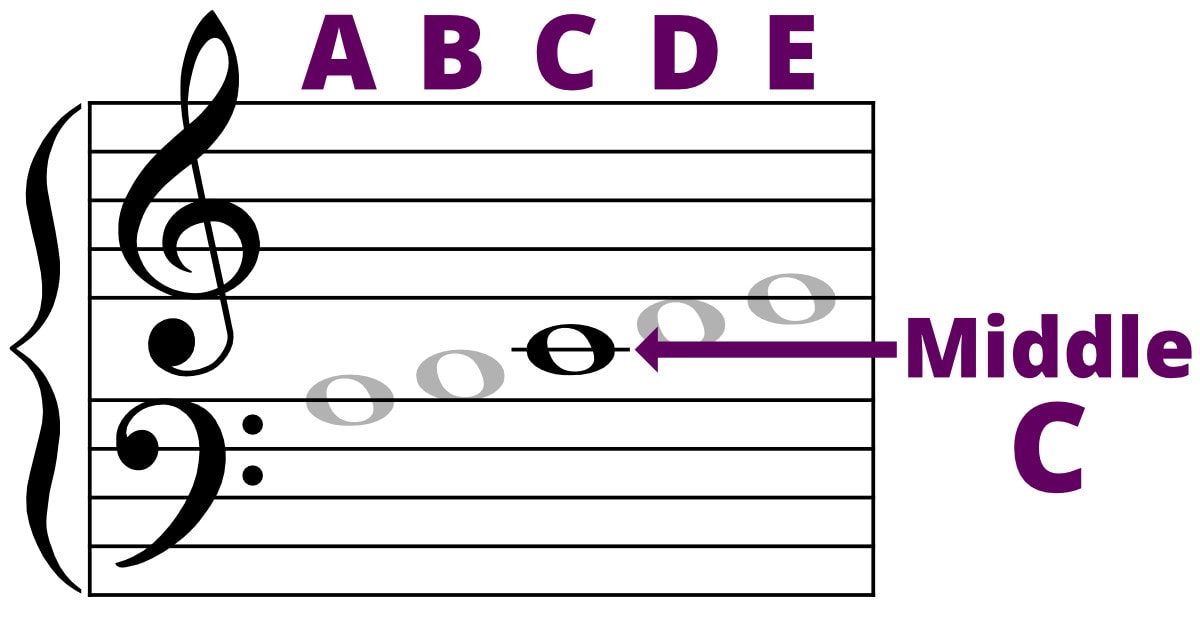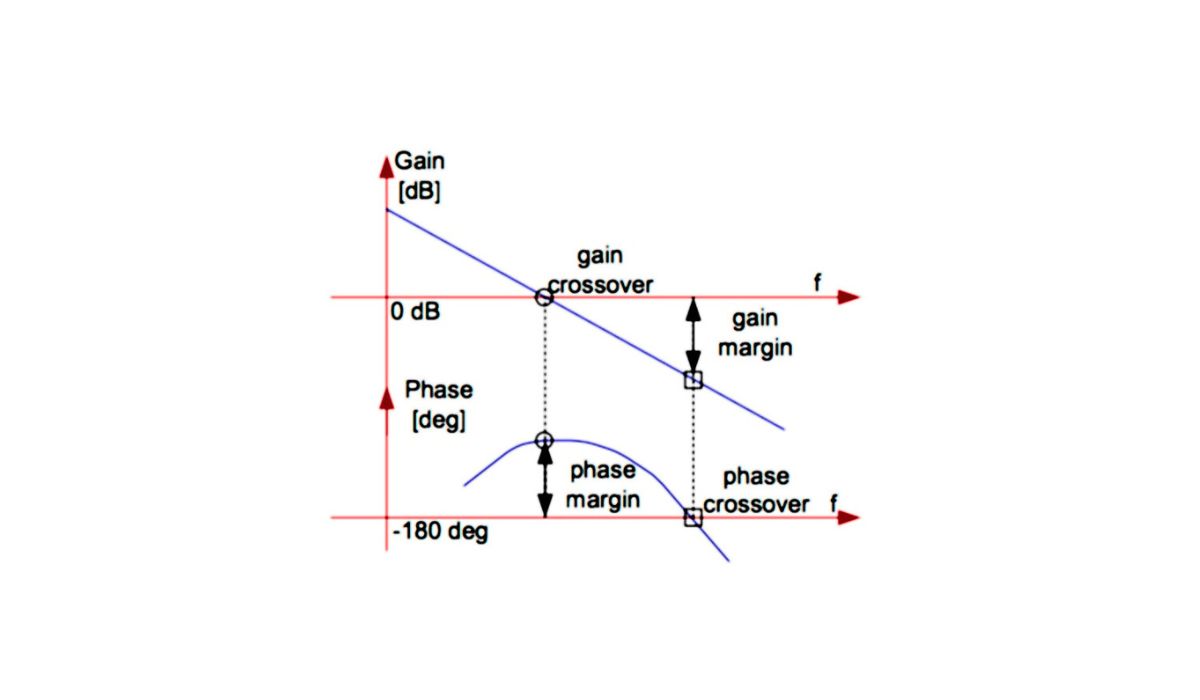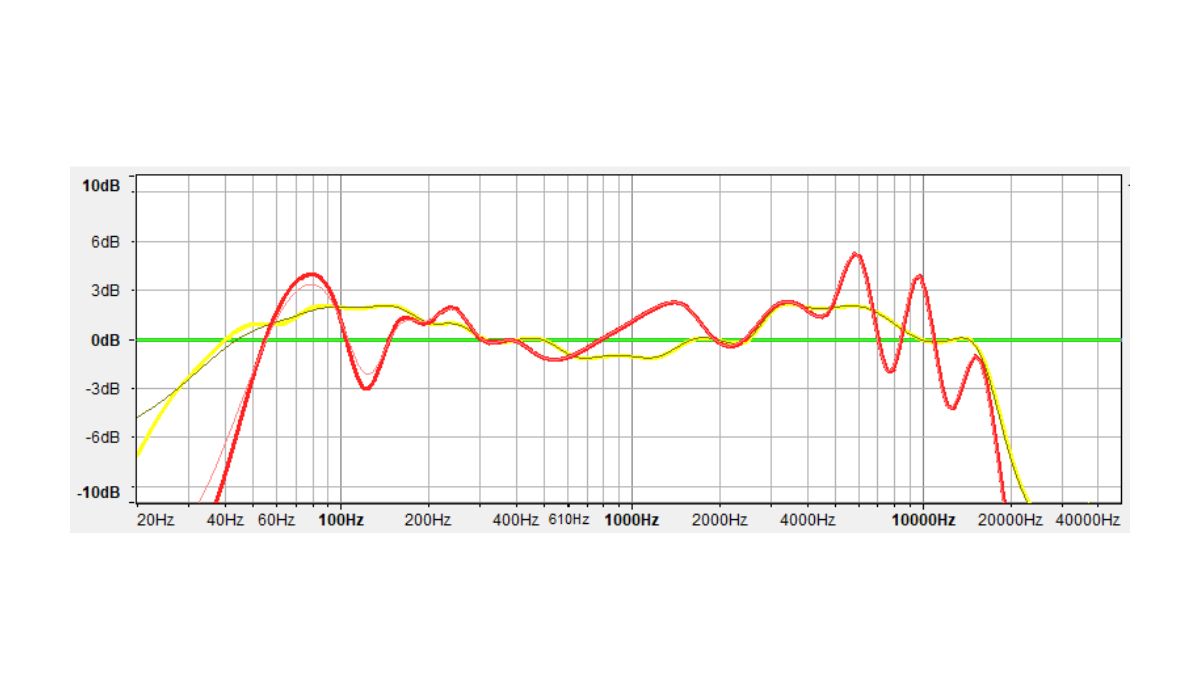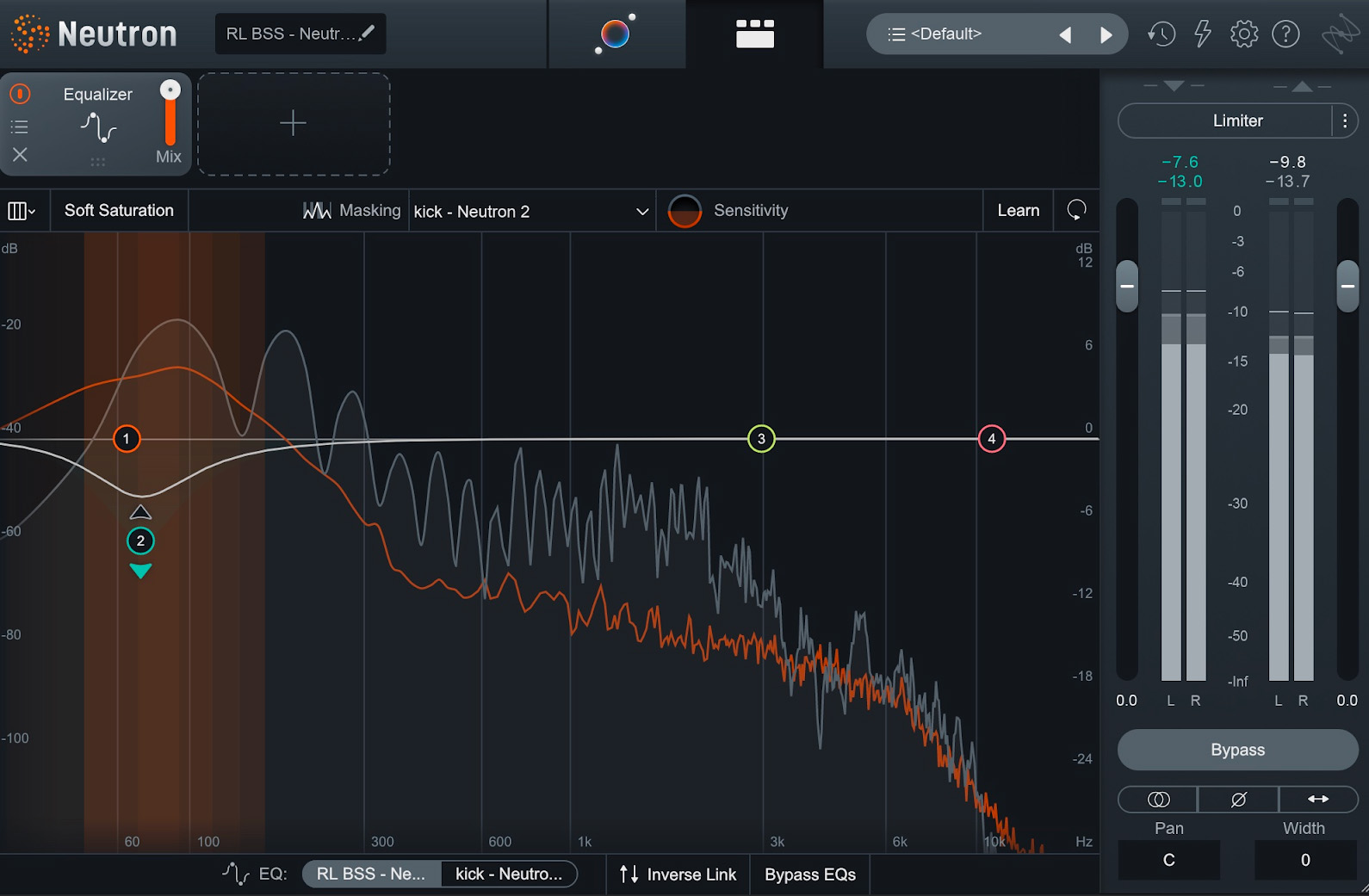Home>Events & Info>Frequency>What Is Nyquist Frequency
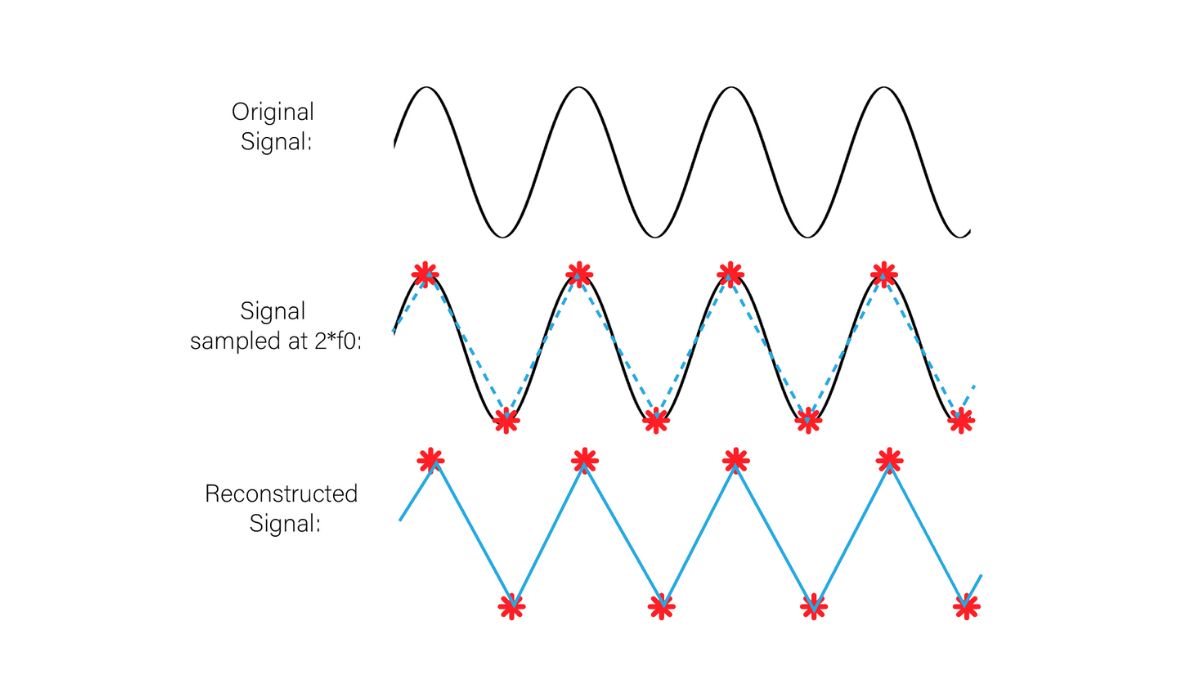

Frequency
What Is Nyquist Frequency
Published: February 18, 2024
Learn about the Nyquist frequency and its significance in signal processing. Understand how it relates to the sampling rate and frequency measurement. Explore more about frequency here!
(Many of the links in this article redirect to a specific reviewed product. Your purchase of these products through affiliate links helps to generate commission for AudioLover.com, at no extra cost. Learn more)
Table of Contents
**
Introduction
**
Welcome to the fascinating world of frequencies! Whether you realize it or not, frequencies play a crucial role in our everyday lives. From the sound waves traveling through the air to the signals transmitting data across the internet, frequencies are all around us. In the realm of technology and communication, understanding frequencies is paramount for ensuring the efficient and accurate transfer of information. In this article, we will delve into the concept of frequency and explore a specific term that holds significant importance in signal processing: the Nyquist frequency.
Before we embark on our journey to unravel the intricacies of the Nyquist frequency, let’s take a moment to grasp the fundamental concept of frequency itself. In simple terms, frequency refers to the number of occurrences of a repeating event within a specific timeframe. This concept is prevalent in various domains, including physics, engineering, and telecommunications, where the measurement and manipulation of frequencies are integral to the functioning of numerous systems and devices.
As we venture further into the realm of frequencies, we will uncover the essence of the Nyquist frequency and its profound impact on signal processing and data transmission. By gaining a comprehensive understanding of the Nyquist frequency, we can appreciate its significance in optimizing the performance and reliability of communication systems. So, without further ado, let’s embark on this enlightening exploration of the Nyquist frequency and its far-reaching implications.
**
Understanding Frequency
**
Before delving into the specifics of the Nyquist frequency, it’s essential to establish a solid grasp of the broader concept of frequency. In the context of signal processing and communication systems, frequency serves as a fundamental parameter that influences the transmission, reception, and processing of signals.
At its core, frequency represents the rate at which a periodic or cyclical event occurs within a given time frame. In the context of sound waves, frequency determines the pitch of the sound, with higher frequencies corresponding to higher pitches and vice versa. In the realm of electromagnetic waves, frequency dictates the properties of the transmitted signals, including their wavelength and energy.
When it comes to digital signal processing and data transmission, frequency assumes a pivotal role in encoding and decoding information. By modulating signals at specific frequencies, it becomes possible to transmit data over various mediums, such as cables, optical fibers, and wireless channels. Moreover, the manipulation of frequency enables the efficient multiplexing of multiple signals, facilitating the simultaneous transmission of diverse data streams.
Furthermore, frequency is closely intertwined with the concept of bandwidth, which refers to the range of frequencies encompassed within a signal. The allocation and utilization of bandwidth are critical considerations in designing communication systems, as they directly impact the capacity and speed of data transmission. In essence, a comprehensive understanding of frequency is indispensable for optimizing the performance and reliability of communication technologies.
As we continue our exploration, we will delve deeper into the intricacies of frequency and its implications in signal processing. By unraveling the nuances of frequency, we can pave the way for comprehending the significance of the Nyquist frequency and its role in ensuring the integrity of digital data transmission.
**
Nyquist Frequency Explained
**
Now, let’s shine a spotlight on the Nyquist frequency, a pivotal concept in the realm of signal processing and digital communication. Named after the renowned electrical engineer Harry Nyquist, this frequency holds profound significance in ensuring the faithful reproduction of analog signals in the digital domain.
At its essence, the Nyquist frequency is intricately linked to the process of sampling analog signals to convert them into digital form. When an analog signal is sampled, it is discretized into individual data points at regular intervals. The rate at which these samples are taken is denoted as the sampling frequency, typically measured in hertz (Hz). The Nyquist frequency, in simple terms, represents half of the sampling frequency.
The significance of the Nyquist frequency becomes evident when considering the process of sampling continuous signals. According to the Nyquist-Shannon sampling theorem, a signal must be sampled at a rate that is at least twice the highest frequency component present in the signal. This requirement ensures that the original analog signal can be accurately reconstructed from its digital samples without introducing distortions or aliasing artifacts.
For instance, if a signal contains frequency components up to 10,000 Hz, the Nyquist theorem dictates that it must be sampled at a rate of at least 20,000 samples per second to faithfully represent the original analog signal. Failing to adhere to this sampling criterion can lead to aliasing, where high-frequency components fold back into the lower frequency range, causing inaccuracies and distortions in the reconstructed signal.
By adhering to the Nyquist sampling criterion and appropriately selecting the sampling frequency, engineers and designers can ensure the accurate digitization and faithful reconstruction of analog signals in the digital domain. This foundational principle underpins the reliability and fidelity of digital communication systems, ranging from audio processing and telecommunications to data acquisition and control systems.
As we unravel the intricacies of the Nyquist frequency, we gain a deeper appreciation for its role in preserving the integrity of analog signals during their transformation into digital representations. This understanding sets the stage for recognizing the paramount importance of the Nyquist frequency in the realm of signal processing and communication technologies.
**
Importance of Nyquist Frequency
**
The Nyquist frequency stands as a cornerstone in the realm of signal processing and digital communication, wielding profound importance in ensuring the faithful and accurate representation of analog signals in the digital domain. Understanding the significance of the Nyquist frequency is pivotal for engineers, researchers, and practitioners involved in designing and implementing communication systems, data acquisition devices, and digital signal processing algorithms.
One of the primary reasons the Nyquist frequency holds such paramount importance lies in its role in mitigating aliasing artifacts during the analog-to-digital conversion process. When an analog signal is sampled at a rate below the Nyquist frequency, aliasing occurs, leading to distortions and inaccuracies in the reconstructed digital signal. By adhering to the Nyquist sampling theorem and ensuring that the sampling frequency exceeds twice the highest frequency component of the analog signal, engineers can effectively prevent aliasing and preserve the fidelity of the digitized signal.
Moreover, the Nyquist frequency serves as a fundamental criterion for determining the minimum sampling rate required to accurately represent analog signals in the digital domain. This criterion guides the selection of appropriate sampling frequencies in diverse applications, ranging from audio recording and playback systems to wireless communication technologies. By adhering to the Nyquist sampling criterion, practitioners can uphold the integrity of the original analog signals and facilitate their seamless integration into digital processing and transmission workflows.
Furthermore, the Nyquist frequency plays a pivotal role in shaping the design and performance of digital communication systems. By understanding the Nyquist theorem and its implications, engineers can optimize the sampling rates, bandwidth allocation, and signal processing algorithms to achieve efficient and reliable data transmission. Whether in the realm of wireless communication, digital audio processing, or high-speed data acquisition, the Nyquist frequency serves as a guiding principle for ensuring the accurate representation and faithful reproduction of analog signals in the digital realm.
As we navigate the intricate landscape of signal processing and digital communication, recognizing the importance of the Nyquist frequency empowers practitioners to make informed decisions regarding sampling rates, signal integrity, and system performance. By embracing the foundational principles embodied by the Nyquist frequency, engineers and researchers can elevate the robustness and fidelity of digital communication systems, paving the way for enhanced data transmission and signal processing capabilities.
**
Applications of Nyquist Frequency
**
The Nyquist frequency, with its profound implications for signal processing and digital communication, finds widespread applications across diverse domains, shaping the design and performance of a myriad of technological systems. From audio processing and telecommunications to data acquisition and control systems, the Nyquist frequency serves as a guiding principle for ensuring the fidelity and integrity of analog signals in the digital realm.
In the realm of digital audio processing, the Nyquist frequency plays a pivotal role in determining the sampling rates for analog-to-digital conversion, ensuring the accurate representation of audio signals in digital form. By adhering to the Nyquist sampling theorem, audio engineers and designers can preserve the nuances and intricacies of sound waves during the digitization process, enabling high-fidelity audio recording, playback, and processing.
Telecommunications and wireless communication technologies also heavily rely on the principles embodied by the Nyquist frequency. By adhering to the Nyquist sampling criterion, communication engineers can design and implement efficient modulation schemes, signal processing algorithms, and channel encoding techniques to facilitate reliable and high-speed data transmission. The Nyquist frequency serves as a fundamental guideline for optimizing the performance and spectral efficiency of wireless communication systems, ensuring the faithful reproduction of transmitted signals.
Furthermore, the Nyquist frequency holds significant importance in the realm of data acquisition and control systems, where analog signals from sensors, transducers, and instrumentation must be accurately digitized for processing and analysis. By leveraging the principles of the Nyquist theorem, engineers can determine the appropriate sampling rates and signal processing techniques to capture and preserve the integrity of critical data in real-time applications, ranging from industrial automation to scientific instrumentation.
Moreover, the Nyquist frequency influences the design and performance of digital signal processing algorithms, guiding the development of filters, decimation techniques, and interpolation methods for manipulating and processing digitized signals. Whether in the realm of audio equalization, image processing, or spectral analysis, the Nyquist frequency serves as a foundational principle for ensuring the accuracy and fidelity of digital signal processing operations.
As we traverse the landscape of technology and engineering, the pervasive influence of the Nyquist frequency becomes evident across an array of applications. By embracing the principles embodied by the Nyquist theorem, practitioners can elevate the robustness, reliability, and fidelity of diverse technological systems, underpinning advancements in audio processing, communication technologies, data acquisition, and digital signal processing.
**
Conclusion
**
Our exploration of the Nyquist frequency has unveiled its pivotal role in the realm of signal processing and digital communication. From its foundational significance in mitigating aliasing artifacts to its pervasive influence across diverse applications, the Nyquist frequency stands as a guiding principle for ensuring the faithful representation of analog signals in the digital domain.
By adhering to the Nyquist sampling theorem and understanding the implications of the Nyquist frequency, engineers and practitioners can optimize the design and performance of communication systems, audio processing technologies, data acquisition devices, and digital signal processing algorithms. The Nyquist frequency serves as a beacon of fidelity, guiding the accurate digitization and faithful reproduction of analog signals in the digital realm, underpinning advancements in audio engineering, telecommunications, and data acquisition.
As technology continues to evolve, the foundational principles embodied by the Nyquist frequency remain integral to the robustness and reliability of digital communication systems. By embracing the essence of the Nyquist frequency, practitioners can navigate the complexities of signal processing, data transmission, and digital representation with clarity and precision, laying the groundwork for enhanced performance and fidelity across diverse technological domains.
In essence, the Nyquist frequency transcends its theoretical underpinnings to wield tangible impacts on the design, performance, and reliability of technological systems. By recognizing its importance and embracing its principles, engineers and researchers can propel the evolution of communication technologies, audio processing systems, and data acquisition devices, fostering a future where the faithful representation of analog signals in the digital realm remains a hallmark of excellence and innovation.

